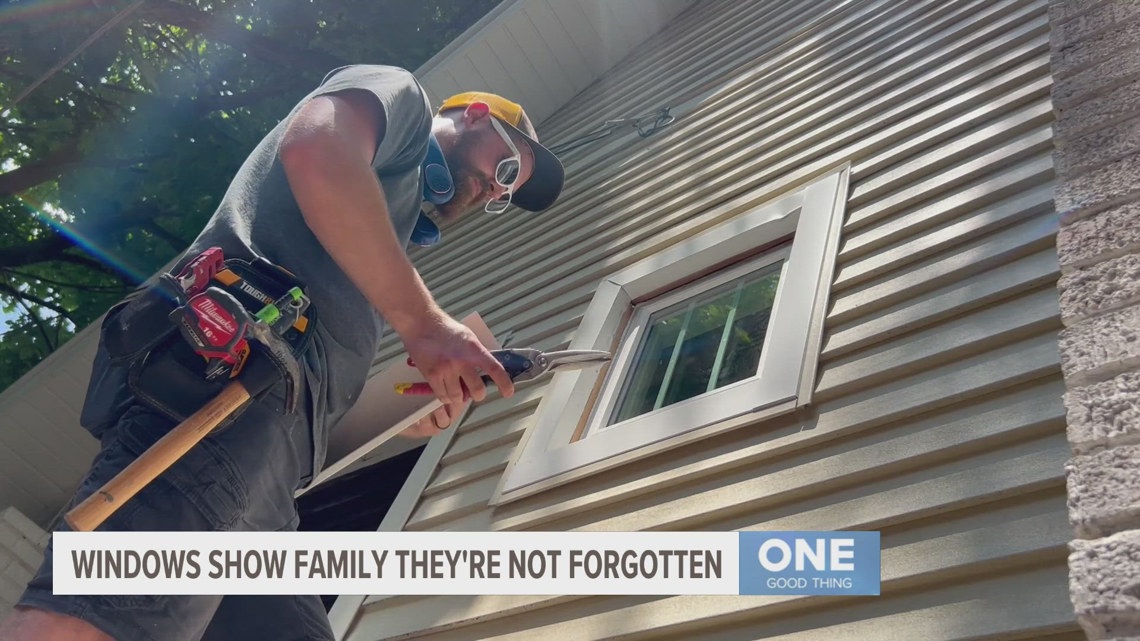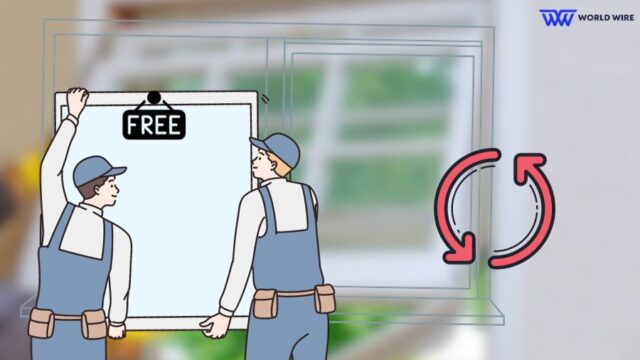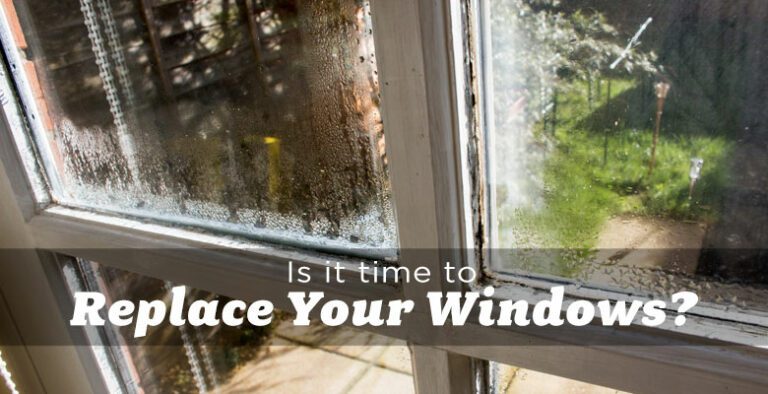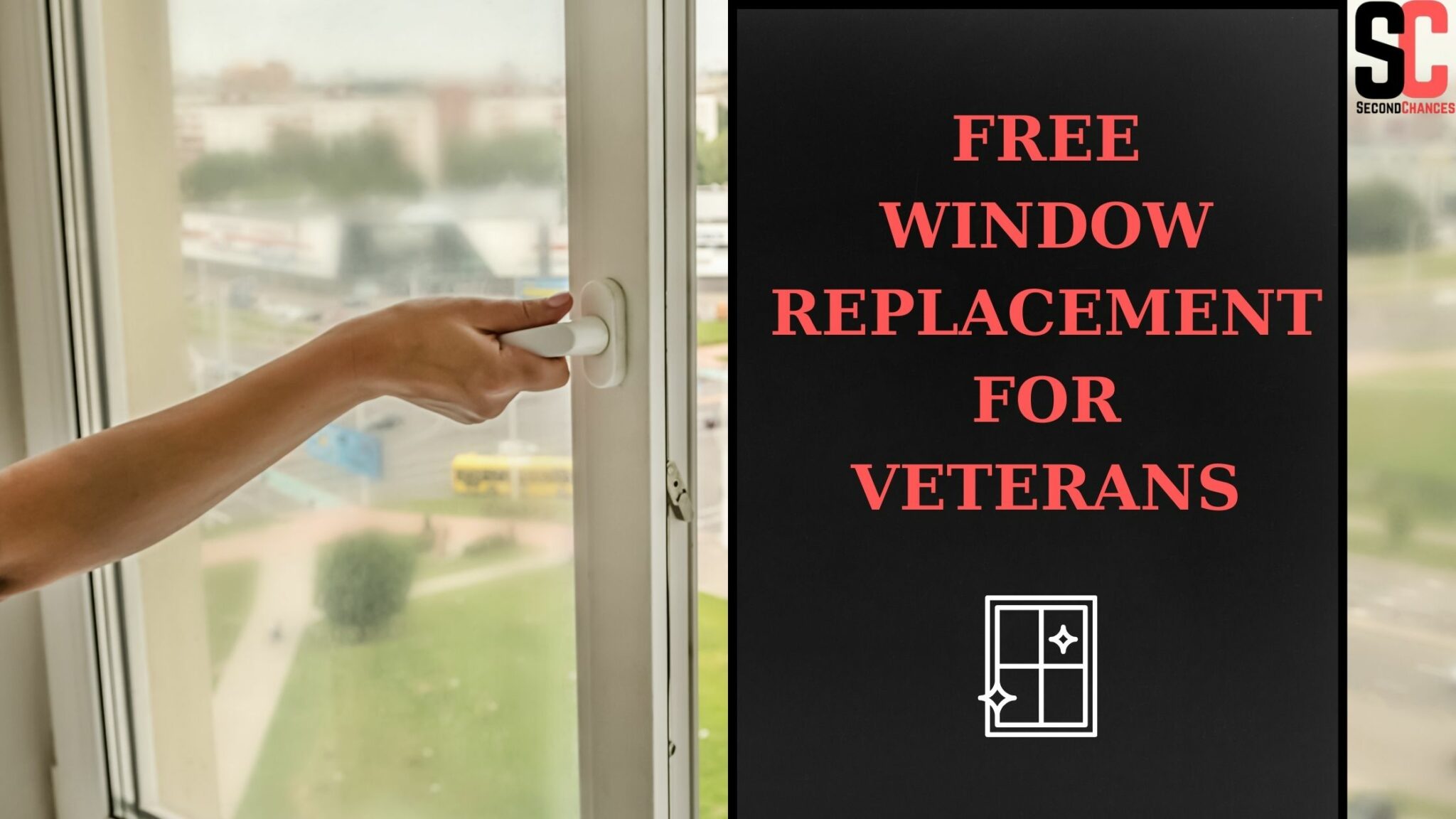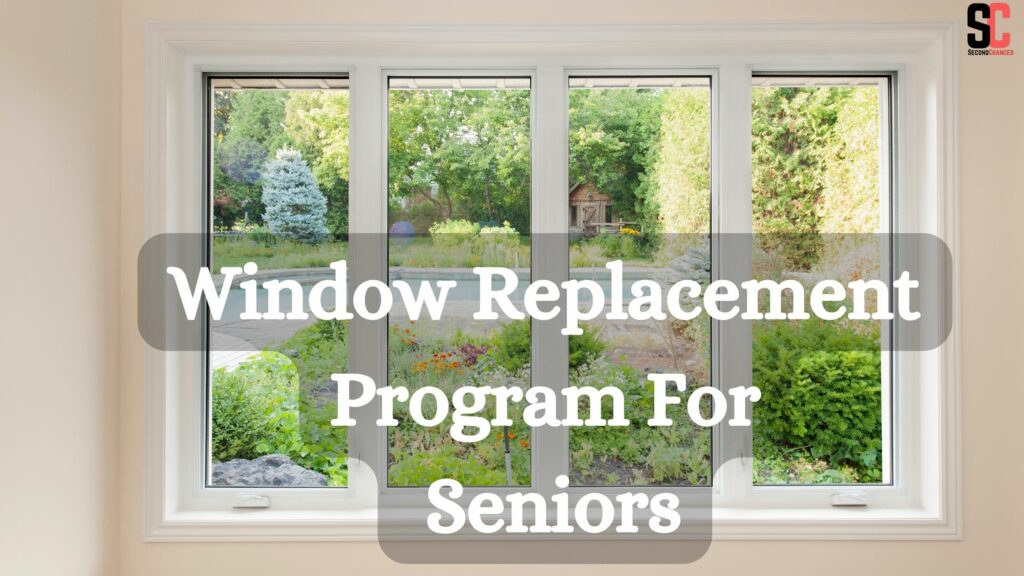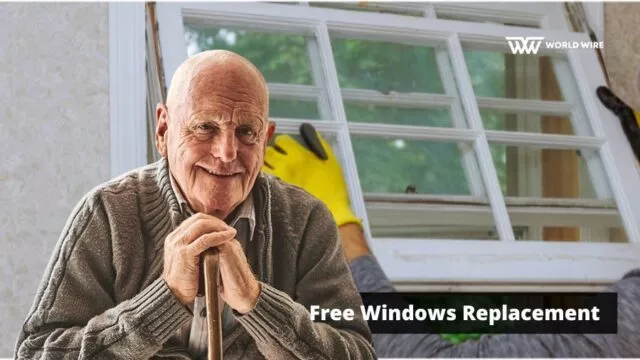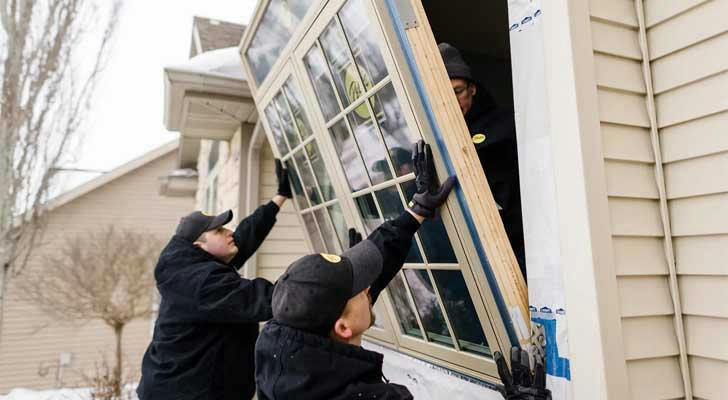Free Window Replacement Program In Arkansas
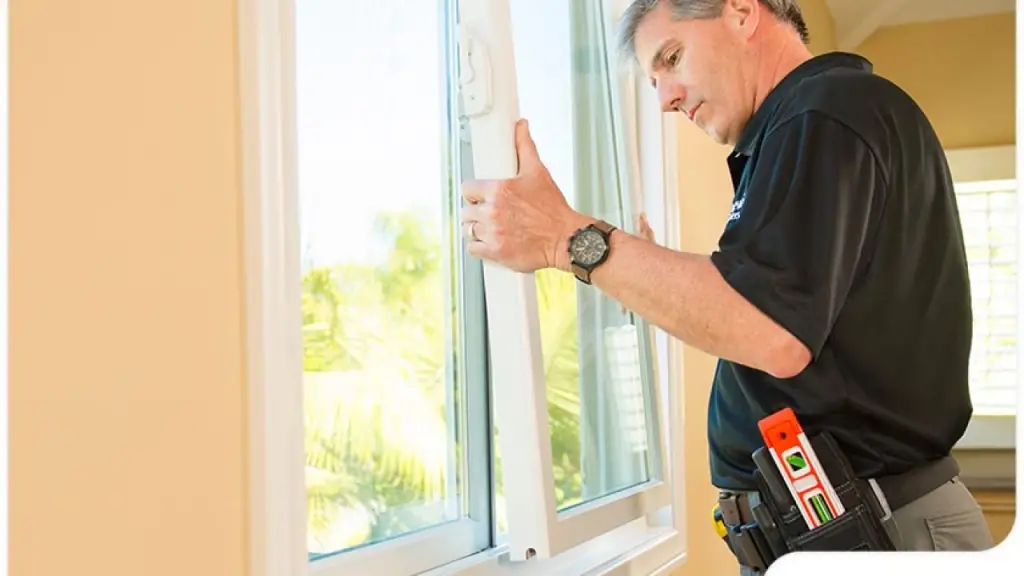
The autumn air in Arkansas is starting to bite, and golden leaves swirl around the porch of a cozy little house in Fayetteville. Inside, Sarah Jenkins sighs, tracing the condensation on her living room window. Drafts snake through the aged panes, and the rising cost of heating has her worried about the long winter ahead. But a glimmer of hope has recently appeared on her horizon - a new initiative promising free window replacements for qualifying homeowners, potentially changing lives like hers across the state.
This article delves into Arkansas's groundbreaking free window replacement program, exploring its origins, goals, and impact on communities. It examines how this initiative aims to address energy efficiency, affordability, and housing quality for low-to-moderate-income households, offering a lifeline for many struggling to keep their homes warm and their energy bills manageable.
The Seeds of Change: Understanding the Program's Genesis
The program, officially titled the "Arkansas Home Energy Efficiency & Weatherization Initiative" (AHEEWI), is the result of a confluence of factors. Concerns regarding the state's aging housing stock, high energy costs for vulnerable populations, and a commitment to environmental stewardship spurred state legislators and energy officials to explore viable solutions. The initiative is partly funded by federal grants, including those from the Department of Energy's Weatherization Assistance Program (WAP), and supplemented by state appropriations.
According to a statement released by the Arkansas Energy Office (AEO), "AHEEWI represents a significant investment in the well-being of Arkansas families and the sustainability of our communities. By providing access to energy-efficient upgrades, we aim to alleviate the burden of high energy bills, improve indoor air quality, and reduce the state's overall carbon footprint."
Eligibility and Application: A Step-by-Step Guide
To qualify for the free window replacement program, homeowners must meet specific income requirements, which are generally aligned with the federal poverty guidelines. The program prioritizes households with elderly residents, families with young children, and individuals with disabilities. Applications are available online through the AEO website, and assistance is provided by community-based organizations throughout the state.
The application process involves submitting proof of residency, income verification, and information about the existing windows in the home. Once approved, a qualified contractor conducts an energy audit to assess the home's overall energy efficiency needs. If window replacement is deemed necessary, the program covers the cost of materials and installation.
The Impact: More Than Just New Windows
The benefits of the AHEEWI extend far beyond the installation of new, energy-efficient windows. For families like the Jenkins, the most immediate impact is a significant reduction in monthly energy bills. According to preliminary data from the AEO, participating households have experienced an average of 20-30% decrease in heating and cooling costs.
Beyond the financial relief, the program contributes to improved indoor air quality. Older windows often have leaks and gaps that allow drafts, dust, and allergens to enter the home. New, properly sealed windows create a healthier and more comfortable living environment.
The initiative also stimulates the local economy by creating jobs in the construction and energy sectors. Local contractors are prioritized for window installation projects, providing them with valuable work and contributing to the overall economic growth of their communities. "We are proud to partner with the state on this important initiative," said Mark Thompson, owner of a small contracting business in Little Rock. "It's a win-win situation for everyone involved."
Challenges and Future Directions
Despite its positive impact, the AHEEWI faces certain challenges. One of the primary hurdles is raising awareness about the program among eligible homeowners. The AEO is actively working to address this through targeted outreach campaigns, partnerships with local community organizations, and collaborations with utility companies. Outreach is paramount. A targeted advertising campaign could ensure people know this opportunity is available.
Funding limitations also pose a challenge. While the current funding level is substantial, the demand for the program far exceeds the available resources. State legislators are exploring options for increasing funding to expand the program's reach and serve more Arkansas families. Further, exploring partnerships with local colleges for apprenticeships for home installation and upgrades could increase the labor pool.
Looking ahead, the AEO plans to incorporate additional energy efficiency measures into the AHEEWI. This includes offering rebates for other upgrades, such as insulation, air sealing, and energy-efficient appliances. The goal is to provide homeowners with a comprehensive approach to energy efficiency, maximizing the impact of the program.
Stories from the Ground: Real People, Real Change
For many Arkansas families, the AHEEWI has been a life-changing experience. Maria Rodriguez, a single mother in Fort Smith, shares her story. "My old windows were so drafty that I had to keep the thermostat cranked up just to keep my kids warm," she says. "Now, with the new windows, my house is so much more comfortable, and my energy bills have gone down significantly. I can finally breathe a little easier."
Similarly, John Miller, a retired veteran in Hot Springs, expresses his gratitude. "I was worried about how I was going to afford my heating bills this winter," he says. "The free window replacement program has been a godsend. I'm so thankful for this program and for the people who made it possible."
"These stories highlight the profound impact that the AHEEWI is having on the lives of Arkansas families," said Governor Asa Hutchinson in a recent press conference. "We are committed to continuing our efforts to improve energy efficiency, reduce energy costs, and create a more sustainable future for our state."
The program's website features countless testimonials from grateful recipients, showcasing the real human impact of this initiative. These stories underscore the importance of government programs that directly address the needs of vulnerable populations.
A Brighter Future: Investing in Energy Efficiency
The Arkansas free window replacement program is a shining example of how targeted investments in energy efficiency can benefit communities and individuals. By addressing the challenges of aging housing stock, high energy costs, and environmental concerns, the AHEEWI is creating a brighter future for Arkansas. As the program continues to evolve and expand, it promises to bring greater comfort, affordability, and sustainability to households across the state. This initiative is a testament to the power of proactive policies.
Back in Fayetteville, Sarah Jenkins imagines a winter without drafts and exorbitant heating bills. The AHEEWI offers her more than just new windows; it provides a sense of security and hope. It is a tangible reminder that even in the face of economic challenges, there are programs and people dedicated to making a difference.
![Free Window Replacement Program In Arkansas Get Free Government Window Replacement Grant Programs - [2023]](https://smokefreehousinginfo.com/wp-content/uploads/2023/01/img_63ce3294805bb.png)

